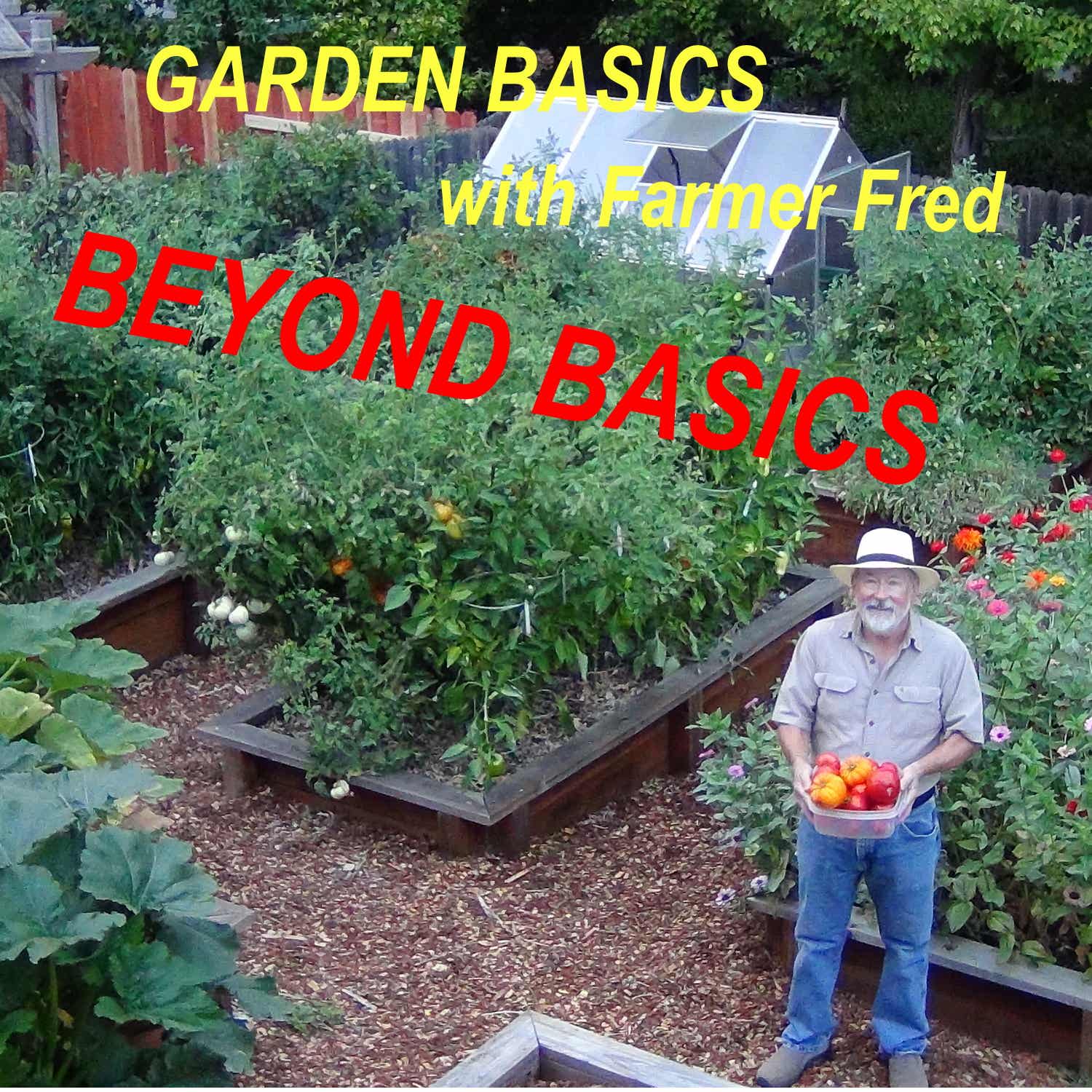- After-Shows
- Alternative
- Animals
- Animation
- Arts
- Astronomy
- Automotive
- Aviation
- Baseball
- Basketball
- Beauty
- Books
- Buddhism
- Business
- Careers
- Chemistry
- Christianity
- Climate
- Comedy
- Commentary
- Courses
- Crafts
- Cricket
- Cryptocurrency
- Culture
- Daily
- Design
- Documentary
- Drama
- Earth
- Education
- Entertainment
- Entrepreneurship
- Family
- Fantasy
- Fashion
- Fiction
- Film
- Fitness
- Food
- Football
- Games
- Garden
- Golf
- Government
- Health
- Hinduism
- History
- Hobbies
- Hockey
- Home
- How-To
- Improv
- Interviews
- Investing
- Islam
- Journals
- Judaism
- Kids
- Language
- Learning
- Leisure
- Life
- Management
- Manga
- Marketing
- Mathematics
- Medicine
- Mental
- Music
- Natural
- Nature
- News
- Non-Profit
- Nutrition
- Parenting
- Performing
- Personal
- Pets
- Philosophy
- Physics
- Places
- Politics
- Relationships
- Religion
- Reviews
- Role-Playing
- Rugby
- Running
- Science
- Self-Improvement
- Sexuality
- Soccer
- Social
- Society
- Spirituality
- Sports
- Stand-Up
- Stories
- Swimming
- TV
- Tabletop
- Technology
- Tennis
- Travel
- True Crime
- Episode-Games
- Visual
- Volleyball
- Weather
- Wilderness
- Wrestling
- Other
Fall Worm Bin Care and Feeding
One of the best soil amendments to add for happy plants are worm castings, also known as worm poop. However, the price of a bag of worm castings approaches twenty dollars, so you may want to tack on a new “to-do” item for the soil in your garden: vermicomposting, which is raising worms, usually in a worm bin. Those worms will feast on many of your kitchen scraps, giving you back a soil amendment teeming with microbial activity, perfect for plant roots to enjoy. And you don’t have to worry about the worms if you go on a three-week vacation. Give them some extra food before you leave and re-dampen the bedding. They won’t complain.Worms do best at temperatures slightly less than room temperature. Putting them in a cool indoor room or basement is an excellent idea. If you maintain the right balance of food, the bins won’t smell, either.Here are tips from the Sacramento County Master Gardeners on starting and maintaining a worm composting bin:• All you need to create worm castings is a worm box, bedding material, red wriggler worms (not earth worms) and food scraps.• Bins can be purchased or homemade. Use a solid color (not clear) plastic storage box or a sturdy wooden box with a tight-fitting lid to keep out pests and protect your worms. If making your own bin, be sure to drill ¼-inch holes in the bottom to allow for drainage.• Worms will not escape; they dislike light and will migrate toward the center of the box.• A commercial vermicomposting system that feature stackable bins take up a house-friendly smaller footprint, perhaps 24 by 24 inches.• Moistened, shredded newspaper or corrugated cardboard, shredded leaves, purchased pine shavings, or coconut fiber (coir) bedding provides worms with a balanced diet as well as a damp, aerated place to live.• Always keep the bedding as moist as a wrung-out sponge.• Place the worm bin in the shade or indoors. The worms will tolerate a wide range of temperatures, but the best temperatures are between 55° and 75°F. However, today’s newsletter podcast guest, Sacramento County Master Gardener Susan Muckey, prefers to be more of a “tough love” worm parent. She lets her worms deal with temperatures that range from 40 to 80 degrees. Listen to what she has to say in the podcast at the top of the page.• Worms love most fruits and vegetables, used tea bags, used coffee grounds and filters. Do not feed them animal products, dairy, onions, or processed foods. Limit citrus peels to less than 20% of the food. Some worm parents say that the total citrus contribution to the worm bin should be closer to zero percent.• Chopping the food into small pieces, one inch or less in size, will speed up the composting process.• To avoid fruit flies and odors, cover the food with at least one inch of bedding.• Use red wigglers or red worms. They can be purchased at some nurseries, worm farms, and fishing supply stores.• The castings are ready when they are dark and fine in texture. Separate the worms from the castings. Place the worm castings in your garden bed before planting. Work the castings lightly into the soil with a rake. Cover with mulch or compost. If you soil could talk, it would thank you!Thanks for reading Beyond Basics: The Garden Basics with Farmer Fred Newsletter! Subscribe for free to receive new posts and support my work.Thank you for also listening to the Garden Basics with Farmer Fred podcast! It’s available wherever you get your podcasts. Please share it with your garden friends.Fred Hoffman is also a University of California Cooperative Extension Master Gardener in Sacramento County. And he likes to ride his bike(s). <br/><br/>This is a public episode. If you would like to discuss thi

